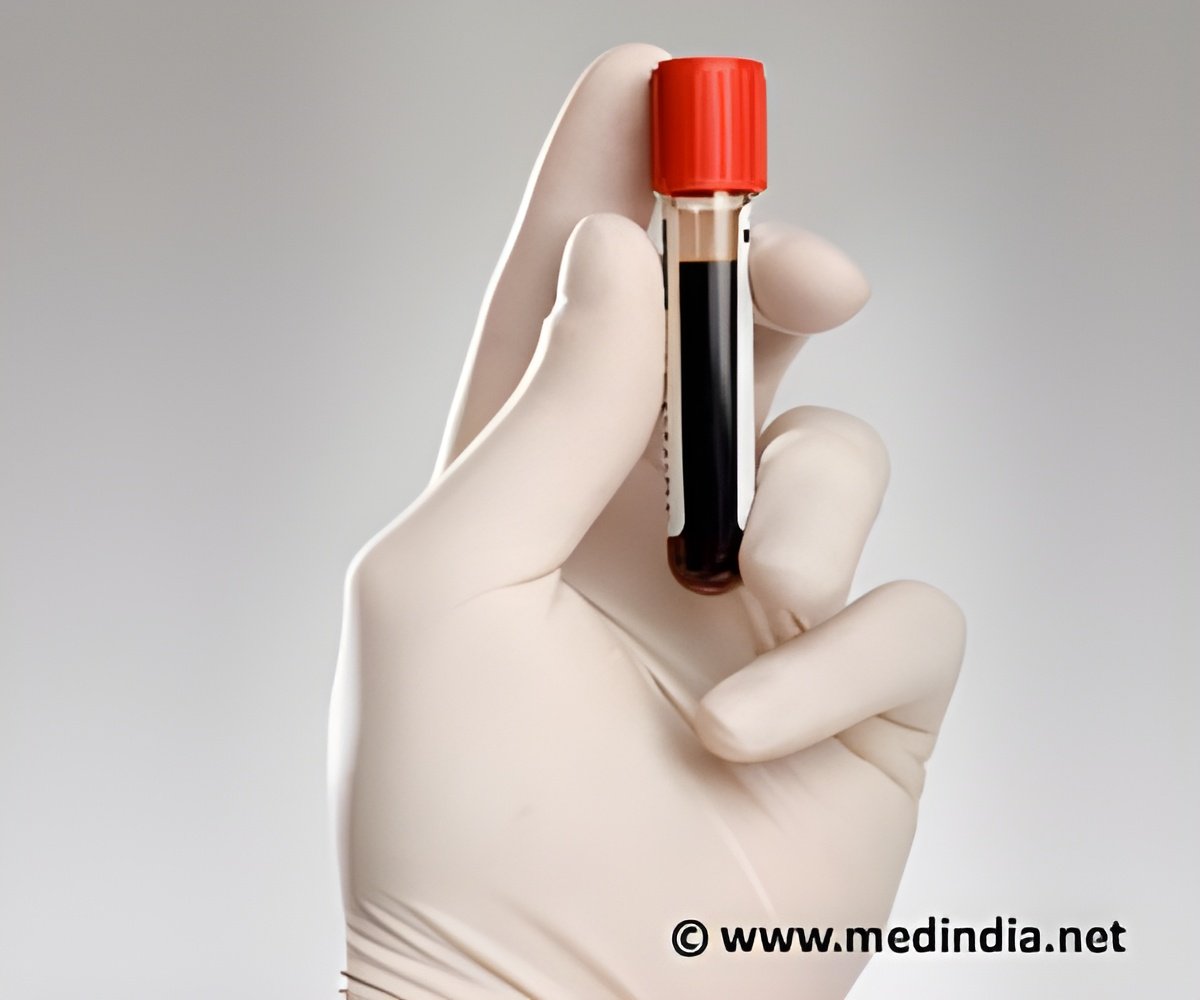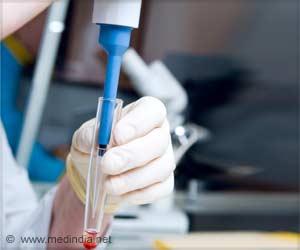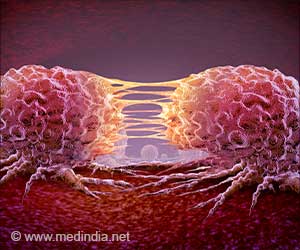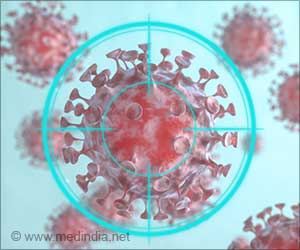
‘Tracking the efficacy of aggressive skin cancer treatments becomes much easier with the help of a new blood test.’
Read More..Tweet it Now
Led by researchers from NYU School of Medicine and Perlmutter Cancer Center, the study takes advantage of the nature of cancer cells, which die and are replaced by new cells continuously as part of aggressive cancer growth. Tumor cells burst as they die, spilling their DNA into the bloodstream, where it can be measured by tests, enabling improved diagnosis and better targeting of treatment based on each individual tumor's DNA.Read More..
For the new study, researchers traced circulating tumor DNA or ctDNA for the cancer gene BRAF, a gene that plays a key role in many melanomas, the most deadly form of skin cancer. In the United States, more than 7,200 individuals are expected to die from metastatic melanoma in 2019, with BRAF mutations playing a role in nearly half of such diagnoses, according to the Skin Cancer Foundation.
"Our study offers firm evidence that tracking this genetic information may be helpful in identifying patients whose cancers shrink and who survive longer as a result of a particular drug regimen," says senior study investigator David Polsky, MD, PhD, the Alfred W. Kopf, MD, Professor of Dermatologic Oncology at NYU Langone Health.
For the study, being presented at the 2019 American Society of Clinical Oncology annual meeting at Chicago, researchers analyzed blood samples from 345 male and female patients with stage III or IV melanoma, which had already spread from the skin to other organs, and who had BRAF mutations.
These patients could not be treated surgically and were part of a larger group of patients participating in a clinical trial of the drugs dabrafenib and trametinib, designed to target BRAF-mutated cancers.
Advertisement
Polsky and his colleagues say this test appears to be more revealing than the current standard test, which measures lactate dehydrogenase (LDH), an enzyme often elevated by melanoma, because fluctuations in LDH often do not accurately predict treatment success or failure.
Advertisement
"If further testing proves successful, monitoring blood samples for BRAF could give us an early indication of whether or not we need to adjust a patient's treatment plan," says Polsky, dermatologist, and director of the pigmented lesion service at NYU Langone.
The research team next plan to test the efficacy of monitoring patient blood samples over longer periods of time, such as several months. They also hope to open a clinical trial to determine whether treatment decisions based on these test results improve patient survival.
Source-Eurekalert















